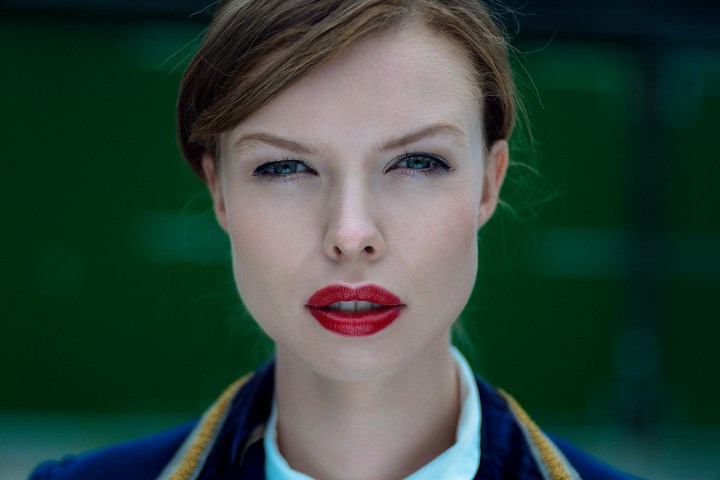
The lens is inspired by the original of the same name created by German lens maker Emil Busch in 1910. According to the developers of the updated lens, the first Glaukar was the first anastigmatic lens for portraits, or the first to correct for astigmatism as well as spherical aberration and coma lens errors.
Instead of directly replicating the old lens, the creators, fashion photographer Benedikt Ernst and portrait photographer Firat Bagdu, are mixing modern features with the vintage inspiration, working with optics designer Wolfdieter Prenzel on the project. The lens still uses the original’s three glass pieces, the same 97mm focal length and f/3.1 aperture, but incorporates new coatings for enhanced color and sharpness.

On the outside, the lens keeps the classic look of the original brass but adds durability by creating a similar look using high-end aluminum oxidized to look like brass. The lens’ shape also maintains the same shape as the original.
“We have seen some campaigns in the past where old lenses were brought back for the users of today’s cameras and appreciated them, but we wanted to go further and recreate a lens that would otherwise be lost,” Bagdu said.
The lens will be available for several mounts, including Nikon, Canon, Sony E, Fujifilm, Micro Four Thirds, Leica M, Leica K and Pentax K.
The Glaukar lens will be manufactured in Germany by Uwe Weller Feinwerktechnik, and if the Kickstarter campaign goes as planned, backers will receive their lenses in the summer of 2018.
Kickstarter pledges start at $749. The campaign now has over 150 backers, more than doubling the original $60,000 goal. The campaign is expected to collect pledges until August 11.
The lens joins a growing trend toward bringing back classic lenses, including Meyer-Optics Primagon and Primoplan.



